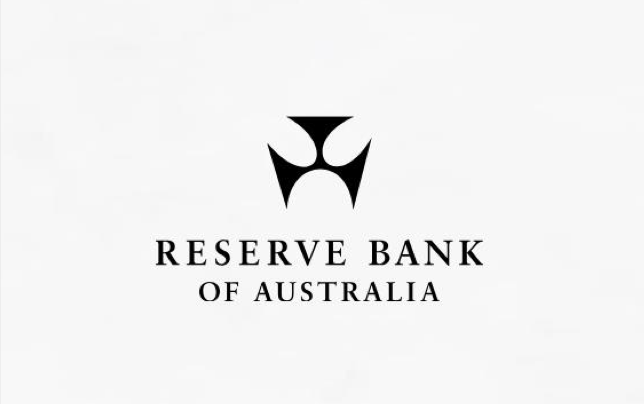
Writing a Finance Case Study: What? Why? How?
Many universities teach their business students using the case method by telling them to write a finance case study. For many students, writing a case study can be the final assignment before getting their degree, and that is why it has to be written professionally in order to get the highest possible marks.
What Is a Finance Case Study?
A finance case study is an in-depth investigation and analysis of a financial problem using a specific research methodology. The case study is designed to examine the problem from a particular point of view. This point of view can be from many things. For example, it could be from the point of view of a sales managers, human resources manager or an entire company.
Why Write a Finance Case Study?
In college, you will be asked to write a finance case study because the professor wants to know if you understand how to take a strategic approach to finance situations. This is to prepare you for the business world, where many situations occur that need you to use the necessary tools to analyze the data and propose a solution.
How to Write Finances Case Study?
Now that you know what a finance case study is and why you write them in college, let’s look at how to write one. Writing a finance case study is no easy task for a lot of students, and if you are among them, the following tips may help succeed:
Study the Case in Detail
If you want to write a great case study, you need to analyze it from all possible angles. In most case studies, you will select a company and go about analyzing the challenges it is facing and causing its productivity to decline. The best way to do this is to study the firm in great detail so that you know everything there is to know.
Research Similar Case Studies
When writing a case study, your professors want you to provide a unique and interesting solution to the problem. The only way to know for sure that you aren’t repeating what someone has already done is by doing some research. Go to the library and read some books, journals, and magazines or surf the web to see if you can find a similar case study to yours.
Also, if you read about similar case studies, you might learn new and relevant information that can shed some light on yours. It can also help you see how the author approached the problem differently. Make sure to also read this plagiarism changer online guide by SEO Magnifier.
Make an Outline
An outline shows every step you will take to complete the case study by following a structure provided by your professor. Making an outline is essential because you get to plan your entire case study; outlining all the sections and subsections that it will be comprised of. Every section is there for a reason and you must not skip it or put it out of order. After the structure is ready, you can begin filling out the sections with the information you have uncovered during your research.
Describe the Narrative/Situation in Detail
First, you will start with an introduction that tells the reader what the finance case study is all about. This section needs to be brief so you don’t need to write a whole lot of information other than what is needed to set up the stage for the case study. You can tell them what the problem is and how it is affecting the company negatively without going into too much detail.
The sections after the introduction are where you start discussing the problem faced by the company. You have to convince the reader that it is necessary for the company to find a solution to this problem if they want to see things improve. You must also discuss the possible causes of the problem and perform an in-depth analysis to come up with workable solutions.
Make the Deciding Point
After coming up with solutions, you have to pick the best one. It is not just a simple matter of picking a solution but also providing supporting arguments and evidence as to why that solution is the best. This means you have to explain all the advantages and disadvantages of each solution and convince the reader that the advantages of your proposed solution outweigh the disadvantages.
Conclude the Case Study
Every great paper has to have a strong conclusion. In this section, all you have to do is to express the case study again and the solution in a clear and concise manner. You must avoid introducing new information in this section or leaving the reader hanging. Just make a summary of your entire case and leave it at that.
Edit and Proofread the Case Study
After you finish writing your case study, you have to make sure that it makes sense and is readable. Try to go through it again and make sure that you are making a tight case. Make improvements where necessary until you can’t improve it anymore. And also check for grammar and spelling mistakes as these mistakes can make your case study sound unintelligent.
Sometimes, the best way to learn something is by tackling a challenge. The business world is filled with such challenges, and a good case study can test and solidify your knowledge of the key finance principles. If you follow the above-outlined tips, you will be on your way to writing a great finance case study. But if you are failing to write a finance case study by yourself, you can get help from a case study writing service to see how it is done.




